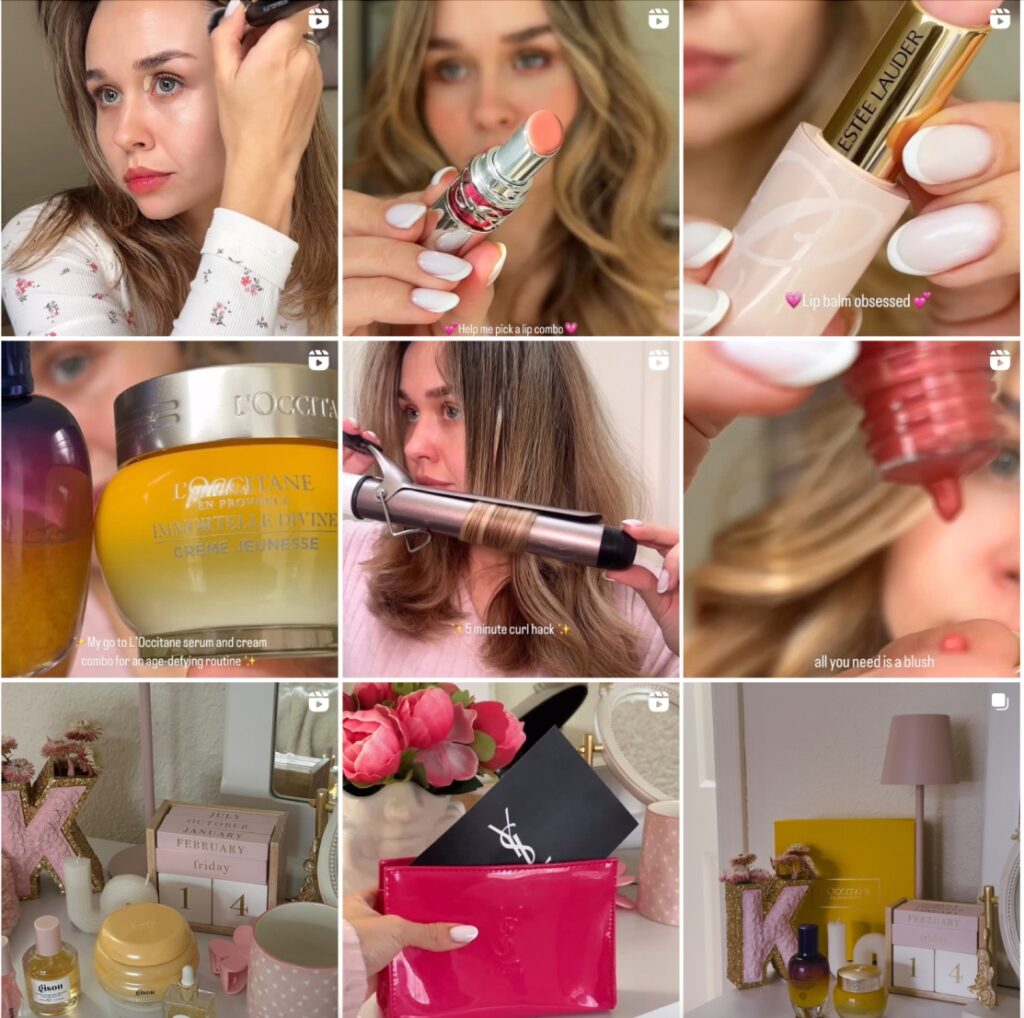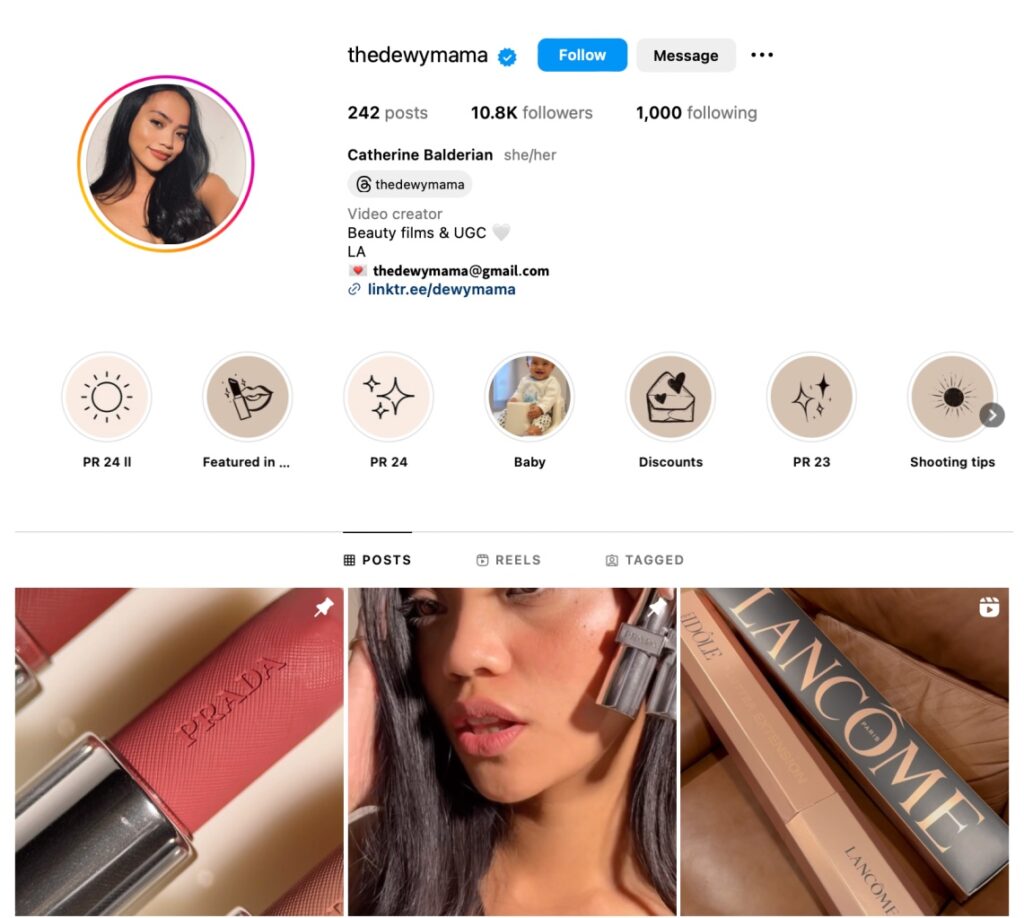Today, being present across social platforms is no longer a choice. Relying on just one platform limits your potential and puts you at risk of becoming too dependent on one algorithm or audience. Whether you’re creating content for Instagram, YouTube, or TikTok, each platform offers a unique opportunity to connect with different audiences and showcase...
Today, being present across social platforms is no longer a choice. Relying on just one platform limits your potential and puts you at risk of becoming too dependent on one algorithm or audience. Whether you’re creating content for Instagram, YouTube, or TikTok, each platform offers a unique opportunity to connect with different audiences and showcase your creativity.
But here’s the good news: your content can stay true to your personal brand while being tailored to each platform’s strengths and expectations. By adapting your content for Instagram’s visual appeal, YouTube’s long-form storytelling, and TikTok’s fun and quick trends, you can amplify your influence without reinventing the wheel.
In this guide, we’ll show you how to adapt your content strategy for different social platforms, giving you the flexibility to reach more followers while staying authentic to your voice.
Embrace the Platforms, Don’t Fear Them
Many influencers feel overwhelmed by the idea of adapting their content for different platforms, especially when the aesthetic seems so different.
For instance, TikTok’s informal and spontaneous vibe can feel like a complete contrast to Instagram’s polished and curated look. But here’s the thing: You don’t have to completely change your content style to fit each platform. The key is to tweak your content to suit the platform’s vibe, while staying true to your unique voice and brand.
Think of it like adjusting your tone to the audience. On TikTok, you might feel the need to get more playful, spontaneous, or embrace trends, while on Instagram, it’s more about sharing polished visuals that reflect your lifestyle or niche. Both platforms allow you to stay authentic, but the way you present your content will vary based on the audience’s expectations.
Instead of reinventing your social content from scratch, think of it as repurposing. For example, if you have a great video on Instagram, consider how you can reformat it into TikTok’s short-form style or rework it for a longer YouTube video. Don’t overthink the changes—focus on adjusting the pace, visuals, and even captions to fit the platform, and you’ll still maintain the core of what your followers love about you!

Manana Arakelyan, a lifestyle influencer based in LA, creates short-form content showcasing her daily life on Instagram Stories, and repurposes similar content for her YouTube channel.
Adapting Content for Instagram
Instagram is all about visual appeal. It’s a platform that thrives on high-quality images, curated aesthetics, and polished content. If you’re used to creating content for other platforms, shifting to Instagram might initially feel a bit intimidating, but don’t worry! You can still showcase your unique personality while adapting to Instagram’s format.

Actionable Tips:
- Instagram Stories and Reels are perfect for repurposing content you’ve already made for TikTok or YouTube. Share snippets from longer videos, or even behind-the-scenes footage, to give your followers a quick peek into your creative process or product reviews.
- While the foundation of your content remains the same, Instagram’s aesthetic demands a bit more polish. Pay attention to filters, color schemes, and the overall look. A consistent style across your feed makes your account feel more cohesive and visually appealing.
- If you’re reviewing products, Instagram’s shoppable posts are an excellent feature. These posts allow your followers to click on the product in your post and purchase it directly from Instagram, making it easy to monetize your content.
Instagram is also a fantastic place to foster deeper connections with your followers. Use features like polls, Q&A, and interactive stickers in Stories to get your audience involved. These features increase engagement and make your content more relatable by giving followers a way to interact directly with you.
Adapting Content for YouTube
YouTube thrives on long-form content. It’s a platform that allows influencers to create deeper, more immersive experiences for their audience. While TikTok and Instagram focus on quick hits, YouTube gives you the opportunity to dive deep into topics, share detailed reviews, or tell personal stories. The key to success on YouTube is building an engaged community with valuable content that keeps viewers coming back.

Take @thedewymama, an influencer from the Skeepers’ community. She seamlessly creates content on both Instagram and YouTube, engaging with her audiences in real-time on both social platforms. Whether sharing daily insights on Instagram or diving deeper into topics on YouTube, she stays active and connected with her followers across multiple channels simultaneously.
TheDewyMama’s youtube short
Actionable Tips:
- Take your TikTok or Instagram content and expand it into full-length YouTube videos. Whether it’s a tutorial, a vlog, or behind-the-scenes footage, this is a great way to give your audience more of what they love in a longer format.
- YouTube users often crave more context. Share your personal experiences, in-depth reviews, or tutorials to engage viewers who are looking for deeper insights. The more context you provide, the more likely viewers will feel connected to you.
- The key to success on YouTube lies in discoverability. Make sure your video titles are clear, engaging, and reflective of the content. Craft compelling thumbnails that grab attention, and use detailed descriptions to boost SEO.
YouTube is all about building a long-term relationship with your audience. Engage in the comments section, ask for feedback, and be sure to respond to comments to keep the conversation going. Creating a regular content series (e.g., weekly tutorials or product reviews) is a great way to maintain engagement and keep your viewers excited for each new video.
Adapting Content for TikTok
TikTok is all about being quick, creative, and spontaneous. Unlike Instagram’s polished aesthetic or YouTube’s long-form videos, TikTok thrives on raw, authentic content that grabs attention in a matter of seconds. The platform values fun and creative videos, where the message is delivered quickly, and the vibe is laid-back. TikTok users are looking for content that feels native to the platform—something that’s real and relatable.
Actionable Tips:
- Take the core of your Instagram or YouTube content and break it down into quick, fast-paced TikTok videos. Focus on the highlights or key moments that can easily be consumed in 15-60 seconds.
- One of the best ways to make your content feel native to TikTok is to tap into trending sounds, challenges, and effects. This helps your content feel like part of the TikTok culture, boosting its chances of going viral.
- TikTok users connect with authenticity, so don’t worry if your video isn’t “perfect.” Be yourself, let your personality shine through, and create content that feels real and unfiltered. That’s what resonates most with the TikTok audience.
TikTok challenges and trends are a fantastic way to increase discoverability. Participate in trending challenges, use popular hashtags, or create your own challenge to interact with your followers. These are fun, creative ways to engage and connect while boosting your visibility on the platform.
Find Your Own Voice on Each Platform
While adapting content for different platforms is important, staying true to your personal brand is key. Your followers love you for your unique voice and style, and that’s something that shouldn’t change, no matter where you post. The goal is to adjust the format to fit the platform’s vibe while keeping the core message and your personality intact. It’s about meeting your audience where they are while remaining consistent with who you are.
While the message stays the same, the way you present it can vary. For example, on TikTok, you might use a more casual, fun tone, whereas on YouTube, you might go for a more in-depth, storytelling approach. Keep the format flexible, but the message the same.
Maintain consistency in your overall style. Whether it’s your visual identity, tone of voice, or content style, your followers should be able to recognize your content across platforms. Keep your brand’s aesthetic consistent, so when someone sees your post, they instantly know it’s yours.
And finally, don’t stress about being perfect or having to “reinvent” your content. Adapting to different platforms doesn’t mean losing your individuality. It’s about embracing the uniqueness of each platform and meeting your audience in their space, while remaining authentic to who you are as a creator.
Don’t Be Afraid to Experiment
The world of social media is ever-evolving, and the best way to discover what works on each platform is by jumping in and experimenting. You don’t have to have it all figured out from the start, trial and error is part of the fun and growth process. Experimentation helps you understand your audience better, refine your content, and stay adaptable to new trends.
Whether it’s stories, reels, or long-form videos, try out various social formats to see what resonates most with your audience. Maybe your followers prefer quick, engaging reels on Instagram, or they might love in-depth tutorials on YouTube. Keep testing until you find what clicks!
Take advantage of the analytics each platform offers to track how your social content performs. See what type of posts get the most engagement, then refine your strategy based on those insights.
It’s always a good idea to watch what other influencers are doing on these social platforms, but remember your unique style is your strength. Look at trends and see if they fit with your voice, but always stay true to your authentic self.
Conclusion
As influencers, adapting to new platforms is an exciting opportunity to expand your reach and connect with a wider audience. Remember, it’s all about staying true to your core message while tweaking your content to fit the vibe of each platform. Whether you’re diving into Instagram, YouTube, or TikTok, the key is to experiment, evolve, and find what works best for both you and your followers.




